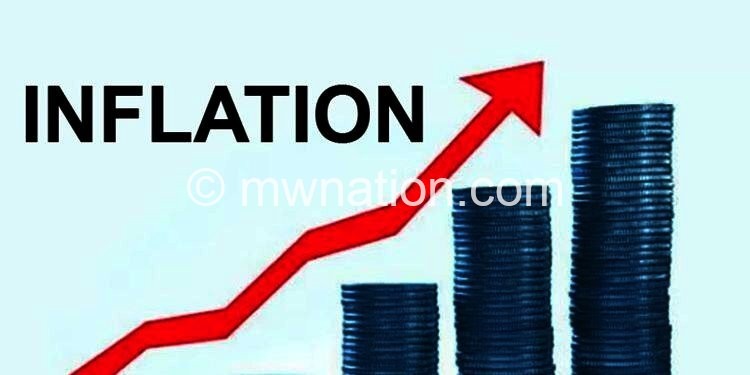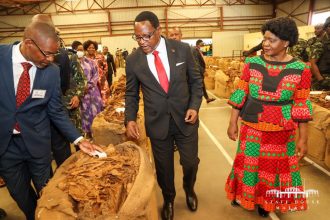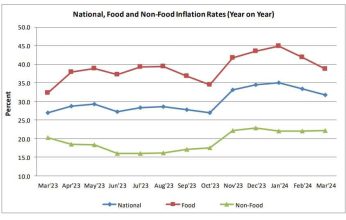Inflation averages 19.7% in 40 years
Findings of a latest study by the Reserve Bank of Malawi (RBM) show that persistently high inflation has over the years adversely affected economic growth in Malawi.
The findings, released on Friday by the central bank’s Economic Policy Research Department, are in form of a policy brief which the bank has published on its website www.rbm.mw.

Using annual data from 1980 to 2020, RBM finds that during the entire 40 years under study, inflation had averaged 19.7 percent while the economy on one hand only grew by a paltry four percent.
This means that for the past 40 years, Malawi’s average price of goods and services was five times higher than the rate at which the size of the economy expanded.
As such, the central bank says such results imply that inflation has a long-run negative impact on economic growth and that increased inflation levels are detrimental to economic activity in Malawi.
Other studies have shown that by persistently growing at an average of 6.1 percent, the country can exonerate 50 percent of its population out of the poverty trap.
In an interview yesterday, economist Gowokani Chijere-Chirwa, who teaches economics at the University of Malawi (Unima) agreed with the RBM findings, arguing that inflation over the period has been “a capital punishment in Malawi”.
He said: “The puzzle is that we know that it is due to lack of production which forces us to import most equipment or already manufactured things. This means that we don’t control even our economy.
“Furthermore, even if you look at the IHS [Integrated Household Survey] every year, one problem most people indicate is rising prices. It didn’t even require the RBM to do the study because the evidence was already there.”
Chijere-Chirwa said due to the high prices, most people have resorted to borrowing from village banks, which he described as “current saviours”.
Based on RBM statistics, Malawi’s real gross domestic product (GDP) only grew dramatically by 10 percent in 1996 while the lowest growth rate during the period was seen in 1994 when the economy shrunk miserably by 10.3 percent.
On one hand, figures also show that inflation has been fairly high, over the past 40 years under review, peaking at 83.5 percent in 1995 during the political transformation while the lowest annual average inflation rate recorded was 7.4 percent in 2010.
Currently, the objective of RBM’s monetary policy is to keep inflation within a range of 5 percent (+-2), and such a target range allows for unanticipated short-term shocks while managing public inflation expectations.
Recently, associate professor of economics at Unima Ronald Mangani said the Malawi economy was stuck for 40 years, blaming the situation on neoliberal policies that the country adopted way back as advanced by key development partners and Western countries.
Mangani, who once served as a Secretary to the Treasury between 2014 and 2017, also described the neoliberal policies as “tragic to the Malawi economy”, advising the country to start interrogating and questioning the effectiveness of such neoliberal policies today.
Meanwhile, National Statistical Office says headline inflation rate for May 2021 stands at 8.9 percent compared to 8.7 percent registered in May, 2020, and represents a decrease of 0.3 percent from April 2021.
Maize, as part of the food component, accounts for about 45.2 percent of the Consumer Price Index (CPI), which is an aggregate basket of goods and services for computing inflation.





